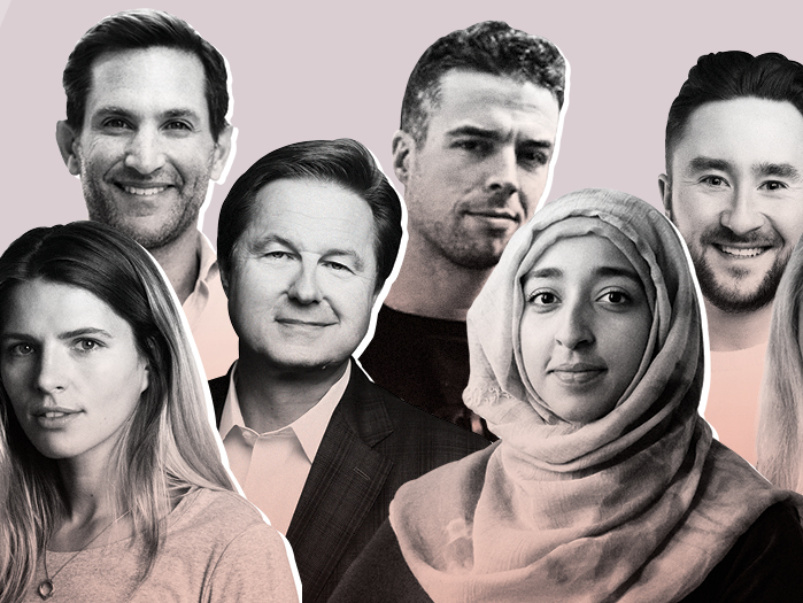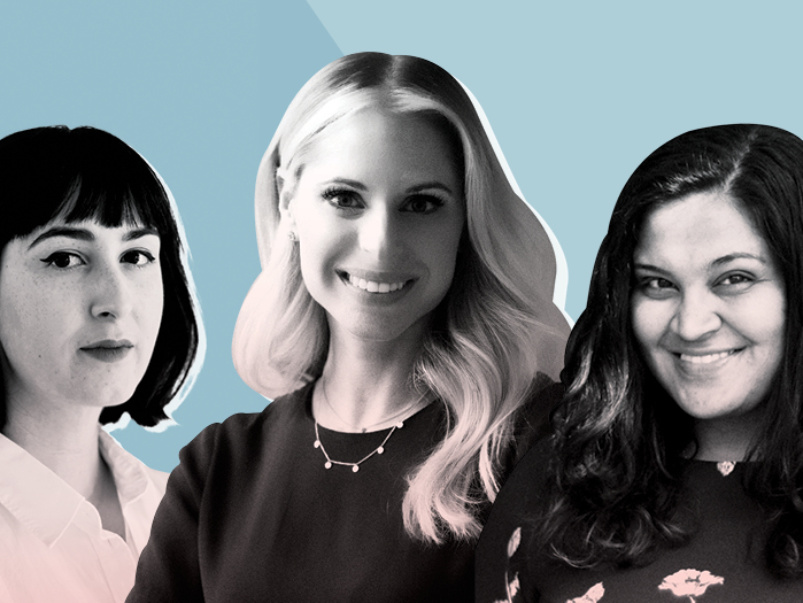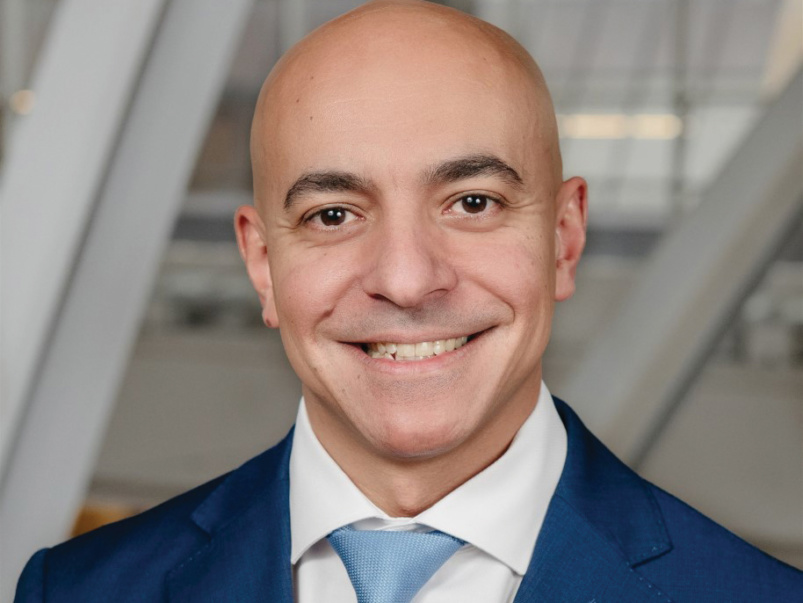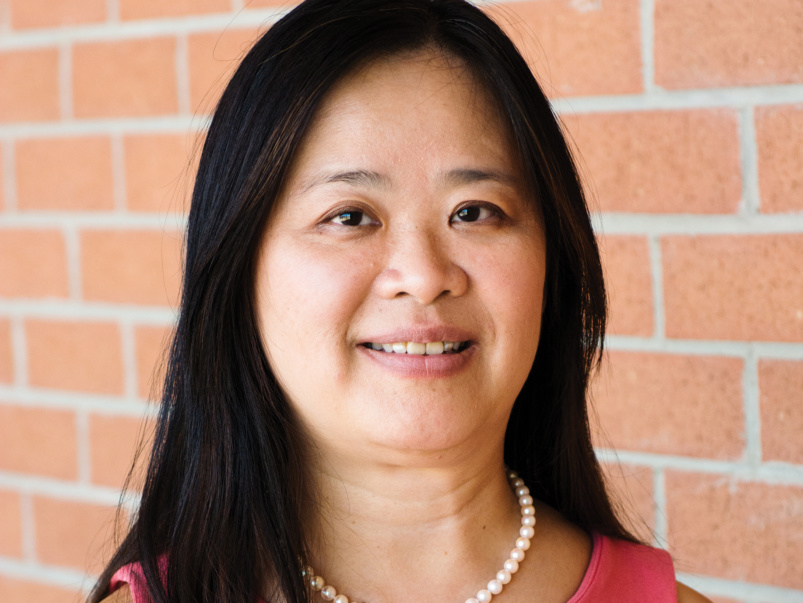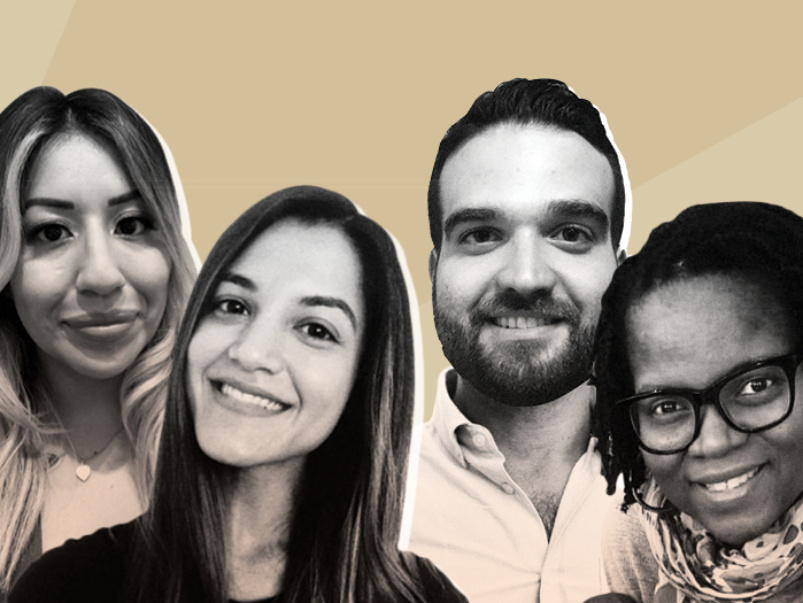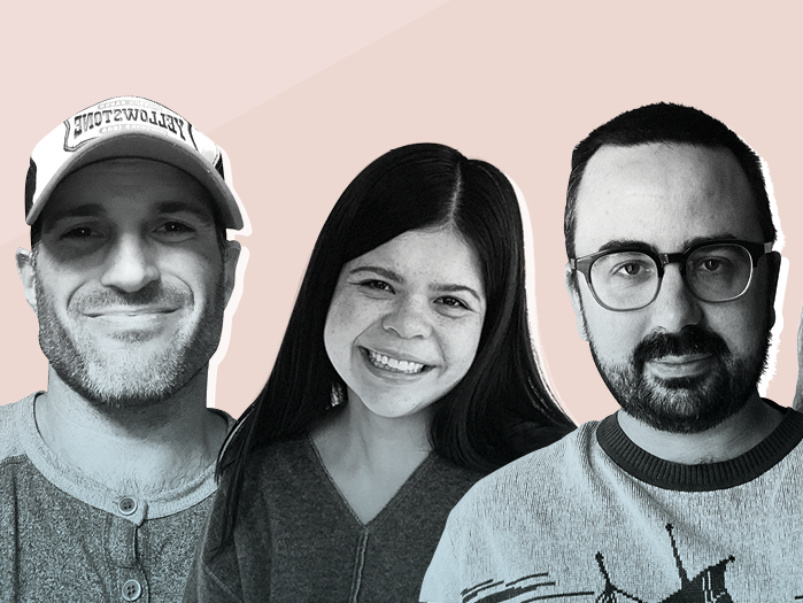The e-health revolution: virtual therapy has gone mainstream
These Torontonians found life-changing mental health care through their computer screens

Lauren Mercurio-Smith, 31
Human resources consultant
“As a woman and a person of colour, I struggle with imposter syndrome, and I have a long history with anxiety and depression. After George Floyd’s murder and the insurrection at the U.S. Capitol, I found myself crying before work every day. I’d lie on the floor for hours because I couldn’t see the point of being alive. My doctor connected me to TeleCBT, a government-funded cognitive behaviour therapy platform.
“Through CBT, I’ve cultivated healthier habits, like reading a book instead of scrolling on social media, and spending 20 minutes a day writing down my worries in a journal, instead of worrying all day. I’ve realized that dwelling on bad things doesn’t make them go away. I’m only hurting myself. Before therapy, I also had a strained relationship with my dad and stepmom. But my therapist has helped me process the hurt I’ve carried around since I was a child.
“Virtual therapy is particularly beneficial for me because I can’t make excuses about losing too many hours commuting to someone’s office; it’s easier to receive therapy during the workday without it being disruptive.”

Max Mosher, 36
Writer
“In February, my dad had a stroke that damaged his cognitive abilities. By this point, the pandemic was weighing on me, and I was overwhelmed with fear and exhaustion. I’d find myself crying in the middle of the day.
“My benefits package at work covered mental health support, so I reached out to a psychotherapist who listed himself as LGBTQ-friendly. I learned pretty quickly that I was holding in a lot of tension while trying to balance my family and work expectations. My therapist helped me articulate how I was feeling, and encouraged me to speak openly about what I needed. I let my manager know what I was going through and how I required space to protect my mental health. I’ve never met my therapist in person, which might have been weird pre-Covid, but I also have some co-workers I’ve never met in person.
“After a few sessions, I decided that video calls reminded me too much of work calls, so now we speak on the phone, which makes me feel like I’m talking to a friend. Sometimes I go for walks or sit in a park during the calls for a change of scenery and to get some fresh air.”

Logan Lass, 28
Marketer
“For much of the pandemic, I was incredibly anxious because my husband, a family doctor, was working the front lines in assessment and vaccine centres. I was terrified he’d get sick or bring the virus home with him. Even when it was safe to see people outside, I’d be afraid to meet up with friends or family.
“In February, a friend referred me to TeleCBT, and I was paired with a GP who specializes in mental health. We started having hour-long sessions twice a month. She shared breathing exercises to ease my anxiety, and recommended apps like Headspace and MindShift. I learned about radical acceptance, which involves acknowledging and accepting my situation, and I worked on flipping negative thoughts and approaching them positively. I noticed a difference after a few sessions.
“There have been a couple of hiccups, like when my camera stopped working or the Wi-Fi went down—typical pandemic issues. We’d usually find a way around it: once, my therapist just called me and we continued our session over the phone, which was just as effective.”

Harlan Kirshenbaum, 44
Landscaper
“My OCD manifests as rituals, especially around numbers. For example, if I want to drink a can of Coke, I’d have to open it when the time on the clock was a ‘good’ number—it couldn’t have a two or a six in it. When my kids were born, I became obsessed with sanitizing their bottles. It became hard to even bathe them. I’d have to make sure I turned on the tap with my left hand and started washing their left sides before the right ones. I’d done in-patient treatment programs in the past, and they’d always helped a lot.
“In January, my OCD flared up in a bad way. I registered for Sunnybrook’s six-week program—but this time it was all virtual due to the pandemic. In the morning, we’d do a group check-in, then work one-on-one with therapists in the afternoon. I’d put myself in situations that triggered me, like flicking a switch with the wrong hand. In the afternoon, there were group sessions. Talking about our rituals helped break the ice.
“Doing exposure therapy at home was so much more effective because I could see how my triggers played out in real life. When it was over, I felt even better than I did after previous programs.”
